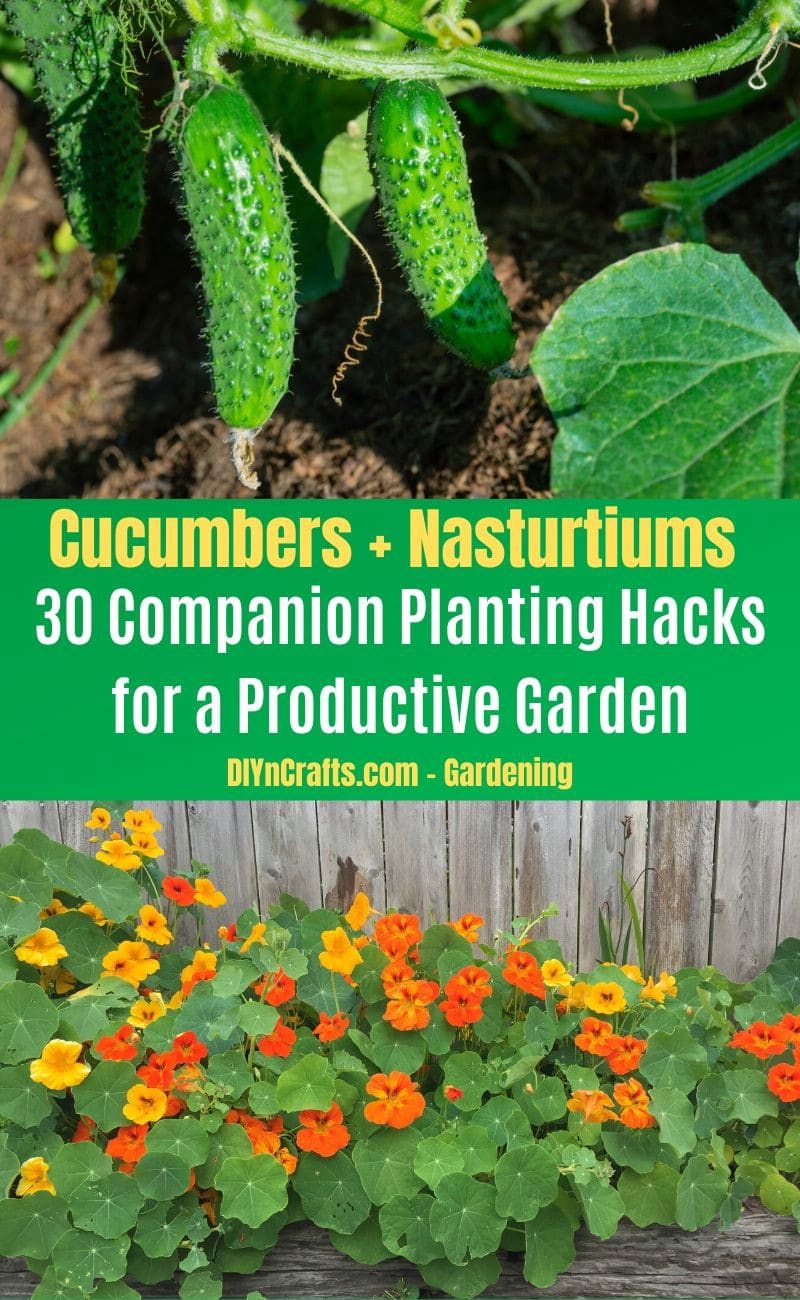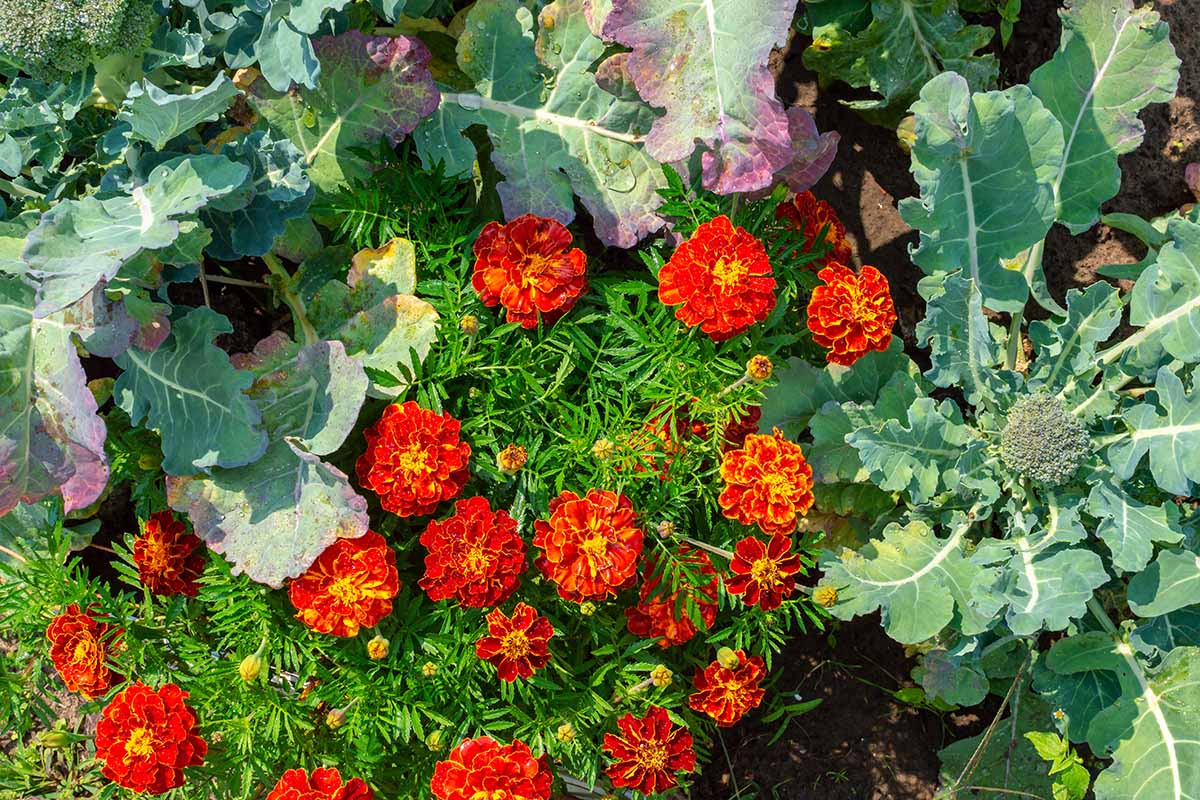Companion Planting: The Secret To A More Productive Vegetable Garden
Companion Planting: The Secret to a More Productive Vegetable Garden
Growing a vegetable garden can be a rewarding experience, but it can also be a lot of work. If you want to get the most out of your garden, it's important to understand the principles of companion planting.
Companion planting is the practice of growing certain crops near each other and keeping others separated so that they all thrive. It's based on the idea that different plants can help or hinder each other's growth.
There are many benefits to companion planting. For example, it can help to:
- Increase crop yields
- Improve soil health
- Attract beneficial insects
- Repel pests and diseases
There are a few different ways to learn about companion planting. You can read books and articles, talk to experienced gardeners, or even take a class.
Once you've learned the basics, you can start planning your companion planting scheme. There are many resources available to help you with this, such as companion planting charts and online tools.
Here are a few examples of good companion plants:
- Beans and corn: Beans fix nitrogen in the soil, which benefits the corn. Corn provides support for the beans to climb.
- Carrots and tomatoes: Carrots help to repel nematodes, which can damage tomatoes. Tomatoes help to deter carrot rust.
- Cucumbers and nasturtiums: Nasturtiums attract aphids, which can be pests of cucumbers. Cucumbers help to deter spider mites, which can damage nasturtiums.
Of course, there are also some plants that should not be planted together. For example, tomatoes and potatoes should not be planted in the same area, as they can both be susceptible to the same diseases.
With a little planning, you can use companion planting to create a more productive and healthy vegetable garden. So get out there and start planting!
[MAIN CONTENT]
Here are some additional tips for companion planting:
- Consider the height of your plants. Tall plants, such as corn and sunflowers, can provide shade for shorter plants, such as lettuce and carrots.
- Think about the needs of your plants. Some plants need full sun, while others prefer partial shade. Make sure to plant your plants in the right location so that they can thrive.
- Pay attention to the soil. Some plants prefer rich, loamy soil, while others prefer sandy or clay soil. Make sure to amend your soil accordingly.
- Experiment. There is no one-size-fits-all approach to companion planting. The best way to learn is to experiment and see what works best for you.
Here are some resources to help you learn more about companion planting:
- The Vegetable Gardener's Companion by Louise Riotte
- Carrots Love Tomatoes by Louise Riotte
- The Companion Planting Handbook by Carol Deppe
- The Garden Seed Inventory by Renee Shepherd
- The Interplanting Garden by Eliot Coleman
[CONCLUSION]
Companion planting is a great way to improve the productivity and health of your vegetable garden. By planting the right plants together, you can help to attract beneficial insects, deter pests and diseases, and improve the overall health of your soil.
So if you're looking for a way to boost your garden's yields, companion planting is a great place to start.
Companion planting is a gardening practice of planting certain types of plants together to benefit each other. There are many different benefits to companion planting, including:
- Attracting beneficial insects. Some plants attract beneficial insects, such as ladybugs and parasitic wasps, which help to control pests. For example, planting marigolds near tomatoes will attract ladybugs, which eat aphids.
- Reducing pests and diseases. Some plants can help to repel pests and diseases. For example, planting garlic near potatoes can help to repel potato beetles.
- Improving soil health. Some plants can help to improve soil health by fixing nitrogen, providing shade, or attracting earthworms. For example, planting legumes, such as beans and peas, can help to fix nitrogen in the soil.
If you are interested in learning more about companion planting, I recommend visiting Gardenia Inspiration. This website has a comprehensive guide to companion planting, including a list of compatible and incompatible plants.
FAQ of companion plants in vegetable garden
1. What are companion plants?
Companion plants are plants that complement one another in terms of growth and production. They can be used to attract beneficial insects, repel pests, improve soil health, or simply make the garden look more attractive.
2. What are the benefits of companion planting?
There are many benefits to companion planting, including:
- Increased yields: Companion plants can help to increase yields by attracting beneficial insects, deterring pests, and improving soil health.
- Improved flavor: Some companion plants can actually improve the flavor of other plants. For example, basil is often planted with tomatoes to enhance their flavor.
- Reduced pest and disease problems: Companion plants can help to reduce pest and disease problems by attracting beneficial insects, deterring pests, and providing shade or windbreaks.
- More attractive garden: Companion plants can add color and interest to the garden, making it more attractive to both people and wildlife.
3. What are some good companion plants for vegetables?
Here are some good companion plants for vegetables:
- Basil: Basil is a good companion plant for tomatoes, peppers, and eggplants. It helps to repel pests and improve flavor.
- Carrots: Carrots are good companions for onions, beans, and lettuce. They help to repel pests and improve soil health.
- Cucumbers: Cucumbers are good companions for beans, peas, and marigolds. They help to repel pests and improve pollination.
- Lettuce: Lettuce is a good companion plant for carrots, tomatoes, and onions. It helps to repel pests and improve soil health.
- Peas: Peas are good companions for beans, corn, and marigolds. They help to improve nitrogen levels in the soil.
4. How close should companion plants be planted?
The best way to determine how close companion plants should be planted is to consult a companion planting chart. However, as a general rule, plants that have known beneficial relationships (friends) should be planted within two or three rows of each other. Plants that have known negative relationships (foes) should be planted at least 10 feet apart.
5. Where can I find more information about companion planting?
There are many resources available to learn more about companion planting. Here are a few suggestions:
- Books: There are many books available on companion planting. Some popular titles include "Carrots Love Tomatoes" by Louise Riotte and "The Vegetable Gardener's Companion" by Barbara Damrosch.
- Websites: There are many websites that offer information on companion planting. Some popular websites include www.gardeningknowhow.com and www.almanac.com.
- Gardening clubs: Many gardening clubs offer workshops or classes on companion planting. This is a great way to learn from experienced gardeners and get advice specific to your climate and growing conditions.
Image of companion plants in vegetable garden
5 different images of companion plants in vegetable garden from Pinterest:
- Garlic and tomatoes. Garlic helps to repel pests that can damage tomatoes, such as aphids, nematodes, and spider mites. Tomatoes, on the other hand, help to improve the flavor of garlic.

- Beans and corn. Beans fix nitrogen in the soil, which benefits corn. Corn provides shade for beans, which helps to protect them from pests.

- Carrots and onions. Carrots help to repel root-knot nematodes, which can damage onions. Onions help to repel carrot fly, which can damage carrots.

- Cucumbers and nasturtiums. Nasturtiums attract pollinators, which help to pollinate cucumbers. Cucumbers help to suppress the growth of powdery mildew on nasturtiums.

- Marigolds and other vegetables. Marigolds help to repel pests, such as aphids, whiteflies, and nematodes. They can be planted around any type of vegetable to help protect it from pests.

Post a Comment for "Companion Planting: The Secret To A More Productive Vegetable Garden"